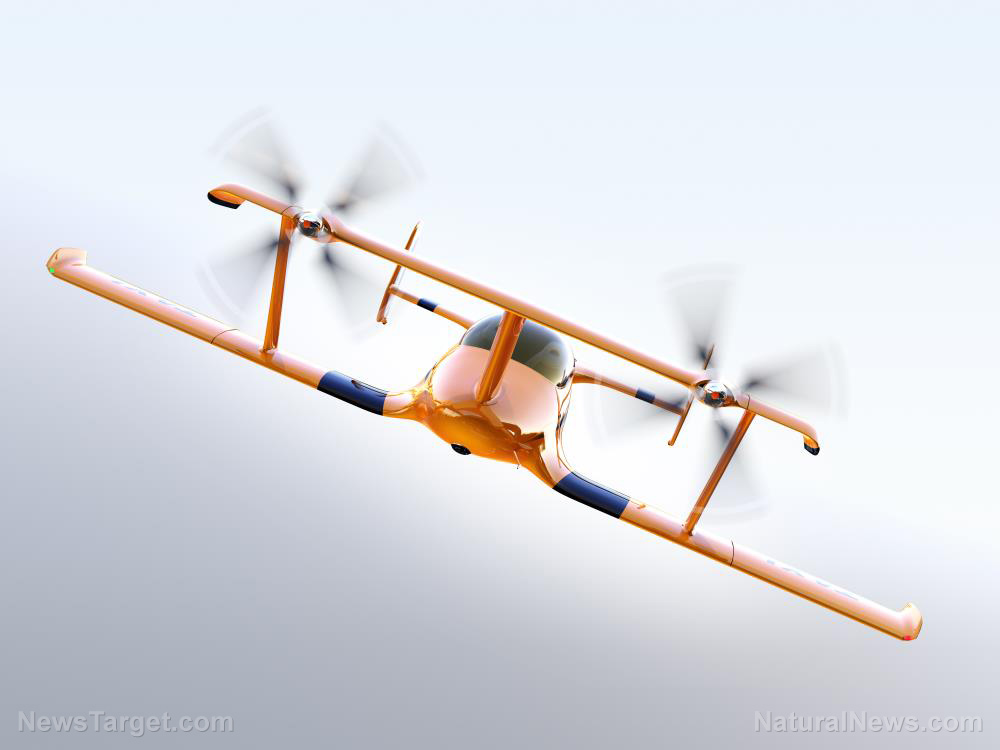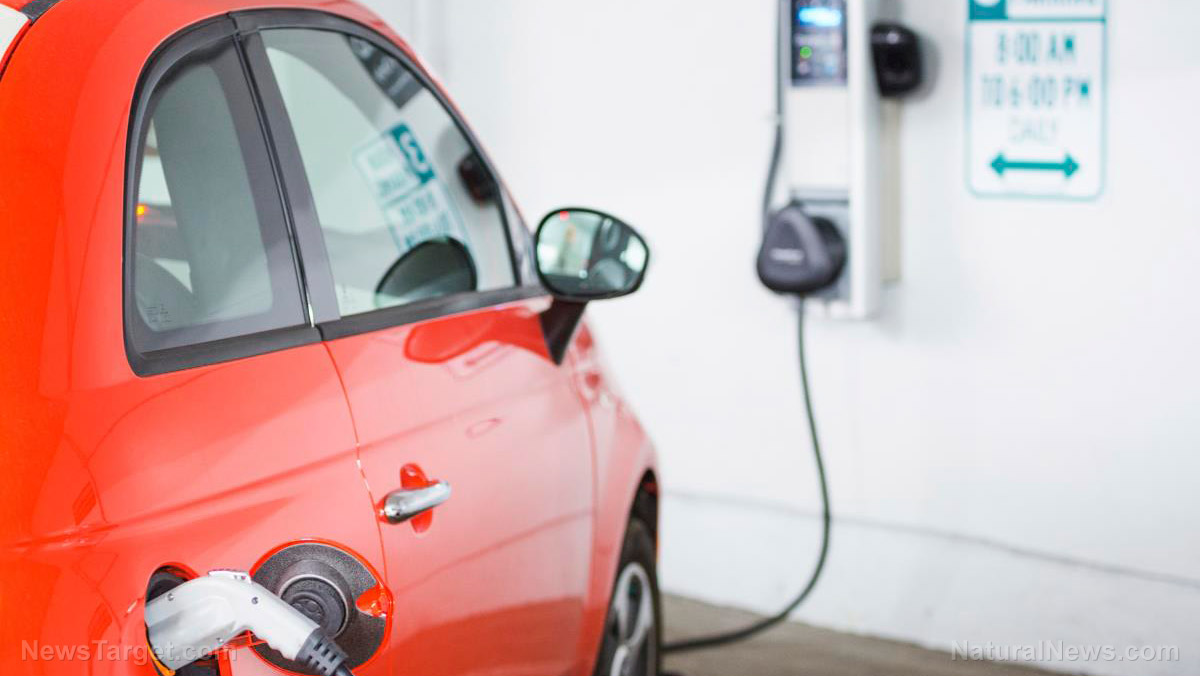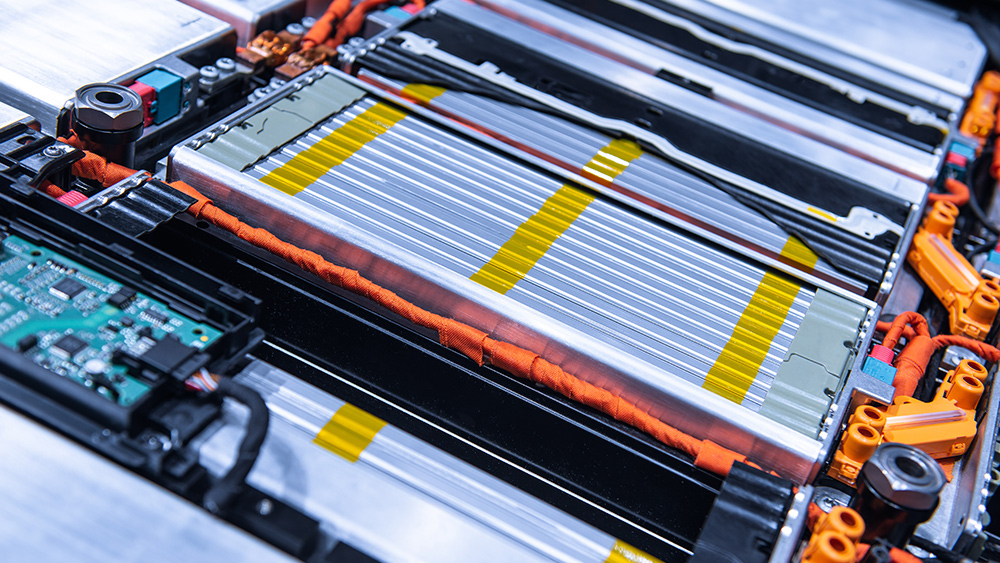40-Seater FLYING BUS to start airlifting travelers in New York City by 2024
06/15/2021 / By Virgilio Marin

New York startup Kelekona unveiled plans to develop a 40-seater flying bus that could transport people starting 2024. The first route for the service would transport people between Manhattan to the Hamptons for $85.
Video animation from the company showed an electric air shuttle that looked like a cross between a blimp and a flying saucer. The aircraft would have eight thrust-vectoring fans with movable propellers. The fans would perform all stages of flight, from vertical takeoff to forward flight and landing.
To achieve nonstop flights, the vehicle would be equipped with a swappable battery pack similar to what Tesla uses in its Model S and Model 3 cars. With a capacity of 3.6 megawatt-hours – enough to power thousands of homes – this battery pack would eliminate the need to recharge between stations and thus would cut turnaround time.
Kelekona claimed that a one-way trip aboard its flying bus would take just 30 minutes and cost $85 per head, which is around the same price as a train ticket.
The firm plans to launch its first passenger flights between Manhattan and the Hamptons in 2024, and then add different routes soon after, including Boston to New York, New York to Washington, D.C., and Los Angeles to San Francisco. In addition to transporting travelers, the firm also envisions its flying bus transporting military payloads and airlifting people during emergencies. (Related: Would you ride in a drone? Self-flying taxi will have parachutes but no driver.)
The aircraft would be able to carry up to 40 passengers on top of the pilot, much higher than the capacity of air taxis. Uber’s planned air taxi could only carry four passengers in addition to the pilot. Uber sold that air taxi, which is scheduled for launch in 2023, to California startup Joby Aviation but it invested $75 million in the startup.
Kelekona prioritized fitting as many passengers in its flying bus since New York has a small airspace. “It never made sense to us to create a small aircraft that was only able to carry up to six people,” CEO and founder Braeden Kelekona told Digital Trends. “You have to have the kind of mass transit we rely on here in the city. It makes sense to try to move as many people as possible in one aircraft, so that we’re not hogging airspace.”
The company hasn’t actually built its blimp-like aircraft. Instead, it has only laid out a design in computer simulations. But Braeden said that the aircraft could start transporting cargo by next year. Meanwhile, passenger routes planned for 2024 would depend on the certification process with the Federal Aviation Administration (FAA).
“That’s one of the trickier parts with passenger operation,” he said. “The FAA is still, to this day, creating the right protocols to test durability and reliability. They just want to make sure that the aircraft is [ready for whatever incident might] happen.”
Urban air mobility is getting close to reality
Urban air mobility refers to urban transportation systems that move people by air, such as flying buses and air taxis. These modes of transport may seem futuristic, but they’re very much real. In fact, they may even go into operation very soon.
In September last year, German startup Volocopter opened up reservations for the first commercial electric air taxi rides. These flights would take place in the startup’s two-seater VoloCity, which is an electric vertical takeoff and landing (eVTOL) aircraft. An eVTOL is also known as a flying car but is more accurately called an electric helicopter.
Each $300 ride would take around 15 minutes and be confined within city routes. Before opening up reservations, Volocopter conducted successful test flights in Germany and Singapore.
Follow FlyingCars.news for the latest innovations on urban transportation.
Sources include:
Tagged Under: air taxi, aircraft, breakthrough, eVTOL aircraft, flying bus, flying cars, future cars, future science, future tech, innovation, inventions, robotics, robots, science and technology, technology, transportation, urban air mobility
RECENT NEWS & ARTICLES
COPYRIGHT © 2017 INVENTIONS NEWS





















